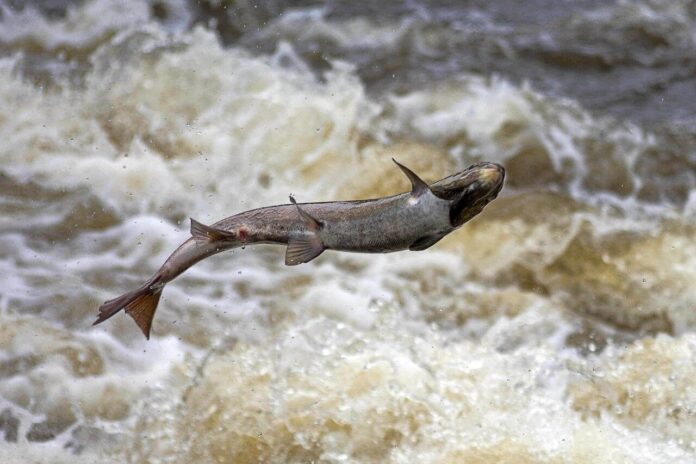The Tsilhqot’in Nation is warning that the most serious impacts on salmon and the Chilcotin River system may still be ahead.
On July 30, 2024, a landslide fully blocked the Tsilhqox during the key migration period for sockeye and Chinook salmon.
The Nation said it created an 11-kilometre lake upstream of the dam triggering an extreme breakout flood event altering the migratory pathway to all critical salmon spawning grounds in that watershed.
Salmon returning in the 2024 season were heavily impacted, many arrived physically damaged or were unable to reach spawning grounds due to high turbidity and riverbed disruption.
“This included the iconic Chilko sockeye run, which suffered an estimated record-high 50% mortality loss from the ocean return to spawning grounds,” the Tsilhqot’in Nation said in a release. “The landslide event resulted in lasting changes, reshaping the river, depositing sediment into the system, and destabilizing slopes.”
These conditions create a high risk of further landslides over the coming years, most notable is a high-risk tension crack that appeared on the slope above Farwell Canyon following the breakout flood.
“There is a high risk that the tension crack will fail in the short term, resulting in a rock slide into the river that will likely impact fish passage and has the potential to cause blockage to salmon migration past Farwell Canyon, comparable to the effects of the 2019 Big Bar landslide on the Fraser River,” the Nation said.
The Tsilhqot’in Nation calls on Canada, the U-S, and the Pacific Salmon Commission to work with them to continue to prioritize and proactively address threats from the landslide that could result in catastrophic impacts on these salmon stocks if timely actions are not taken.
Something going on in the Cariboo you think people should know about?
Send us a news tip by emailing [email protected].










